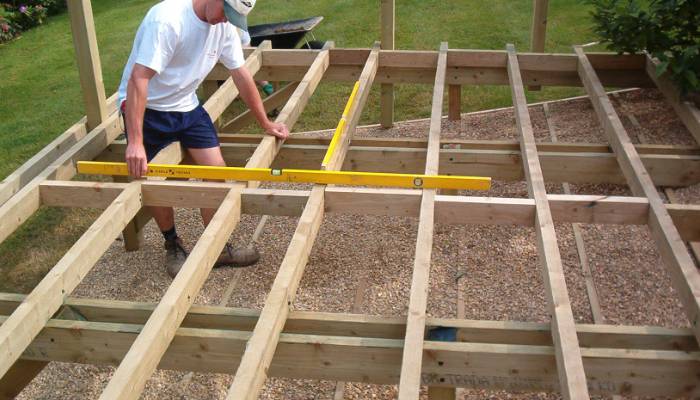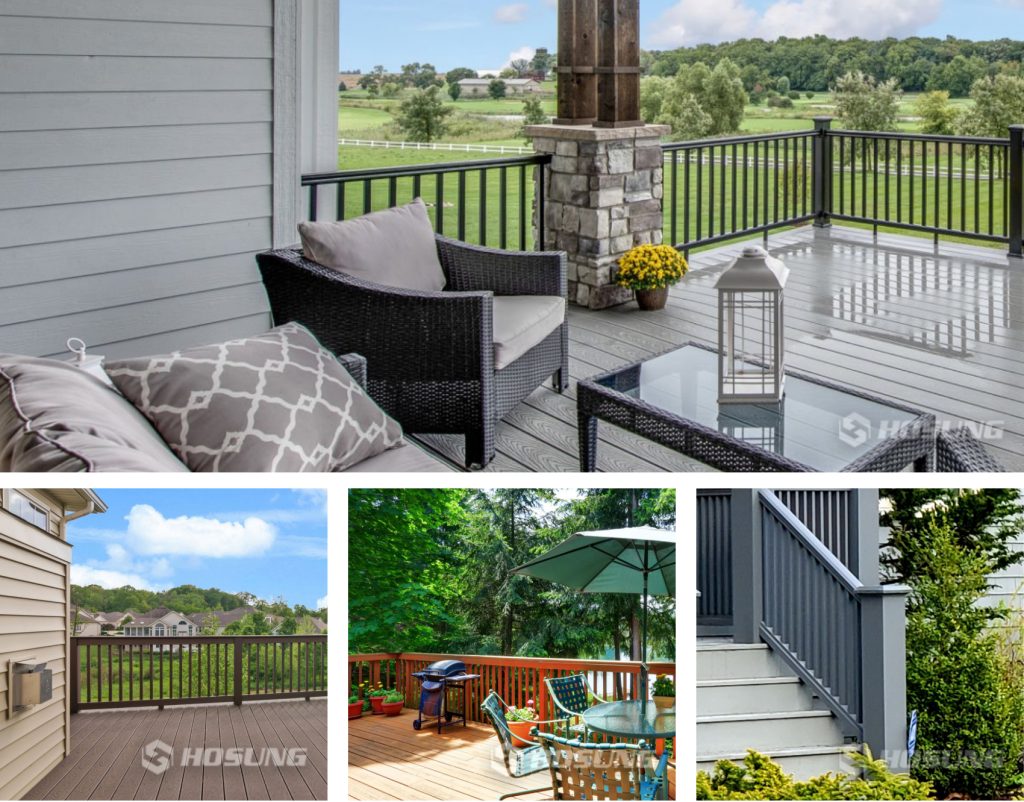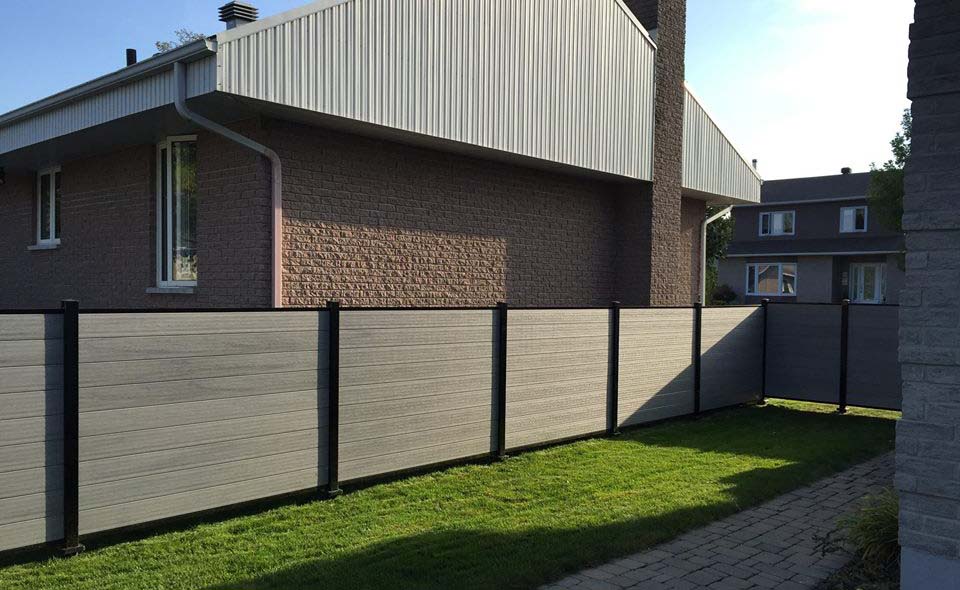Decks are more than just an extension of your home—they’re a lifestyle choice. In Australia, where outdoor living is a central part of life, deck building Australia has become an increasingly popular trend. Whether it’s for entertaining guests, enjoying a quiet morning coffee, or simply adding value to your property, constructing a deck requires careful planning, the right materials, and a solid understanding of local building regulations.
Table of Contents
In this guide, we’ll cover everything you need to know about deck building in Australia, including design considerations, material selection, construction techniques, and maintenance tips. We’ll also explore the benefits of having a deck and some of the latest trends in Australian outdoor living.
Why Build a Deck in Australia?
Australia’s climate makes outdoor living highly desirable. From the sunny beaches of Queensland to the temperate regions of Victoria, a well-designed deck can enhance your home’s functionality and aesthetic appeal. Here are some key reasons why homeowners invest in deck building Australia projects:
Enhance Outdoor Living Spaces
Decks provide a comfortable and practical area for dining, entertaining, and relaxing. They create a smooth transition between your indoor and outdoor spaces, making your backyard more accessible and enjoyable.Increase Property Value
Adding a deck is a smart investment. Homes with well-constructed outdoor spaces often attract higher market prices. A stylish, durable deck can make your property stand out to potential buyers.Customize Your Home’s Style
Decks can be designed to suit various aesthetics, from rustic timber finishes to modern composite materials. They allow homeowners to express personal style while complementing the architectural design of the house.Low-Maintenance Options
Modern decking materials, such as composite boards or treated hardwood, are designed to withstand Australian weather with minimal upkeep. This makes deck building a practical choice for busy homeowners.
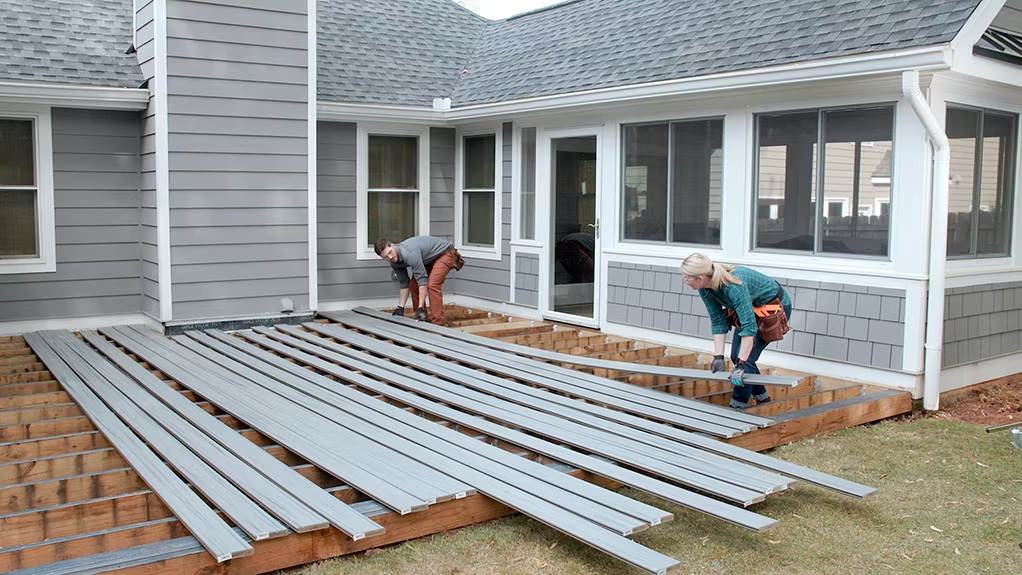
Planning Your Deck Project
Before you start the physical construction, planning is crucial. Here are the steps to consider when building a deck in Australia:
1. Define the Purpose of Your Deck
Understanding how you intend to use your deck will influence its size, layout, and materials. Do you want a space for large gatherings or a small private retreat? Will it be covered or open-air? Answering these questions early ensures your deck meets your lifestyle needs.
2. Check Local Building Regulations
Australian building codes vary by state and council. You’ll need to obtain the appropriate permits and ensure your deck complies with structural and safety standards. Some areas have height restrictions, setbacks, and requirements for balustrades or stairs.
3. Set a Budget
Decking projects can vary widely in cost depending on size, materials, and complexity. Set a realistic budget that covers materials, labor, and additional costs like permits, lighting, and landscaping.
4. Choose the Right Location
Consider sun exposure, privacy, views, and access to your home. Positioning your deck correctly can maximize comfort and usability while reducing maintenance needs caused by excessive sun or water exposure.
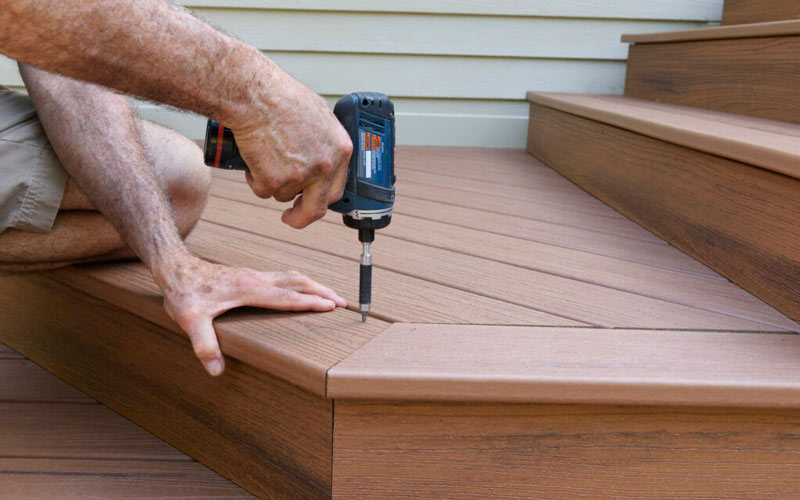
Choosing Materials for Deck Building Australia
Selecting the right material is one of the most important decisions in deck building Australia. Different materials offer unique benefits, aesthetics, and price points.
1. Timber Decking
Timber remains a popular choice due to its natural beauty and versatility. Common options include:
Hardwoods: Species like Merbau, Spotted Gum, and Blackbutt are durable, resistant to termites, and ideal for outdoor use.
Softwoods: Treated pine is an affordable alternative but may require more maintenance.
Pros: Natural appearance, customizable finishes, durable if maintained.
Cons: Requires regular sealing or staining to prevent weathering.
2. Composite Decking
Composite materials combine wood fibers with recycled plastics, creating a low-maintenance, durable deck surface.
Pros: Resistant to rot, termites, and fading. Low maintenance.
Cons: Higher initial cost compared to timber. May get hot under direct sunlight.
3. Aluminum Decking
Aluminum decking is lightweight, corrosion-resistant, and suitable for modern designs.
Pros: Extremely durable, minimal maintenance, fire-resistant.
Cons: Can be more expensive and lacks the warmth of timber.
4. Concrete or Stone Decking
For a contemporary or industrial look, some Australian homeowners opt for concrete or stone surfaces.
Pros: Long-lasting, minimal maintenance.
Cons: Limited design flexibility, may feel cold underfoot.
Deck Design Ideas
Deck design plays a crucial role in functionality and aesthetics. Here are popular design styles in Australia:
1. Multi-Level Decks
Perfect for sloped yards, multi-level decks provide distinct areas for dining, lounging, and entertaining. They can also integrate steps and railings seamlessly into the landscape.
2. Wraparound Decks
Wraparound decks enhance accessibility and provide panoramic views. They’re ideal for homes with large outdoor spaces and gardens.
3. Rooftop Decks
In urban areas with limited backyard space, rooftop decks are gaining popularity. They provide a private outdoor oasis while maximizing the use of available space.
4. Covered or Pergola Decks
Adding a pergola or roofed structure allows year-round use by providing shade and protection from rain. You can also integrate retractable awnings or screens for versatility.
Step-by-Step Deck Construction in Australia
While professional builders handle most large-scale projects, understanding the basic construction process can help homeowners plan effectively.
1. Site Preparation
Clear vegetation, level the ground, and mark the deck boundaries. Proper drainage should be considered to prevent water accumulation.
2. Installing Footings
Footings support the deck’s structure and are typically made of concrete. The depth and spacing depend on local building codes and soil type.
3. Framing
The frame provides the deck’s skeleton, usually made of treated timber or steel. Ensure joists are level and spaced correctly for stability.
4. Laying Deck Boards
Deck boards are installed perpendicular to joists and secured using screws or hidden fasteners. Expansion gaps should be left to accommodate temperature fluctuations.
5. Installing Railings and Stairs
Safety railings are essential for elevated decks. Stairs should meet local building code requirements regarding riser height and tread depth.
6. Finishing Touches
Apply protective coatings, install lighting, and add furniture or planters to complete your deck. Regular maintenance, such as cleaning and resealing, will extend its lifespan.

Maintenance Tips for Australian Decks
Australian weather can be harsh, with intense sun, heavy rain, and occasional hail. Proper maintenance ensures your deck remains safe and visually appealing:
Regular Cleaning: Sweep leaves, dirt, and debris. Wash with mild detergent and water.
Inspect for Damage: Check for loose boards, rusted screws, or splintering timber.
Apply Protective Coatings: Seal or stain timber decks annually. Composite decks may require less frequent maintenance.
Prevent Mold and Mildew: Ensure good ventilation and remove standing water to prevent mold growth.
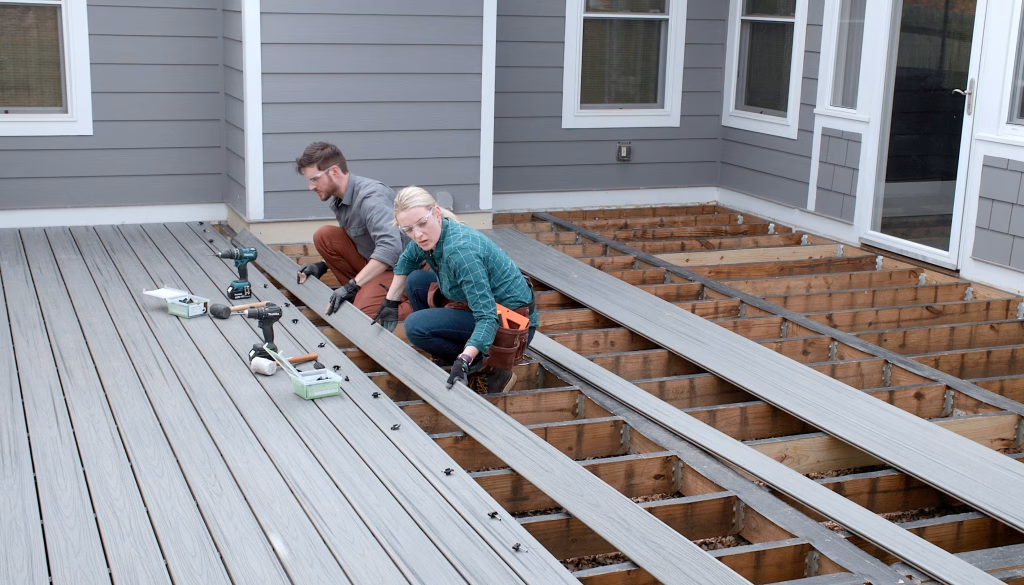
Trends in Deck Building Australia
Australia has specific standards under the Building Code of Australia (BCA) and Australian Standards (AS), including:
Slip resistance requirements for decking
Handrails and balustrades if over 1 metre high
BAL (Bushfire Attack Level) ratings for fire-prone areas
Check if your area is zoned for BAL. You may be required to use non-combustible or BAL-rated materials, such as:
Spotted Gum or Ironbark (hardwoods with natural BAL rating)
Composite materials with fire resistance certification
Hiring a Professional vs DIY Deck Building
Deciding whether to hire a professional or build your deck yourself depends on your skills, budget, and project complexity.
Hiring a Professional
Pros:
Expertise in design, permits, and construction.
Access to specialized tools and materials.
Reduces risk of mistakes and ensures safety compliance.
Cons:
Higher cost compared to DIY.
DIY Deck Building
Pros:
Cost savings on labor.
Personal satisfaction from completing the project.
Cons:
Time-consuming and requires skill.
Risk of errors or code violations.
For complex or multi-level decks, hiring a professional in deck building Australia is often recommended.
Cost Considerations
The cost of deck building in Australia varies based on material, size, and labor. Here’s a general breakdown:
Timber Decking: AUD 150–300 per square meter.
Composite Decking: AUD 250–450 per square meter.
Aluminum Decking: AUD 300–500 per square meter.
Concrete or Stone Decking: AUD 350–600 per square meter.
Additional costs include: permits, landscaping, lighting, and furniture. Always get multiple quotes from contractors to ensure fair pricing.
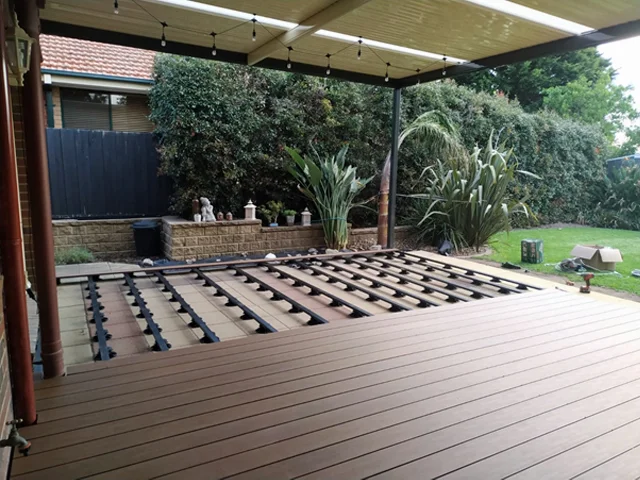
Conclusion
Decks are a hallmark of Australian outdoor living, providing functionality, style, and increased property value. Whether you choose timber, composite, aluminum, or concrete, careful planning and proper maintenance are key to long-lasting enjoyment. By understanding the steps involved, local regulations, and design options, homeowners can make informed decisions and create a deck that meets their lifestyle needs.
From a cozy backyard retreat to an expansive entertainment area, deck building Australia offers endless possibilities. Investing time and resources into your deck today ensures a beautiful and functional outdoor space for years to come.
For those ready to embark on this project, remember that whether you’re building a deck in Australia yourself or hiring professionals, planning, quality materials, and attention to detail are the foundations of a successful deck.

